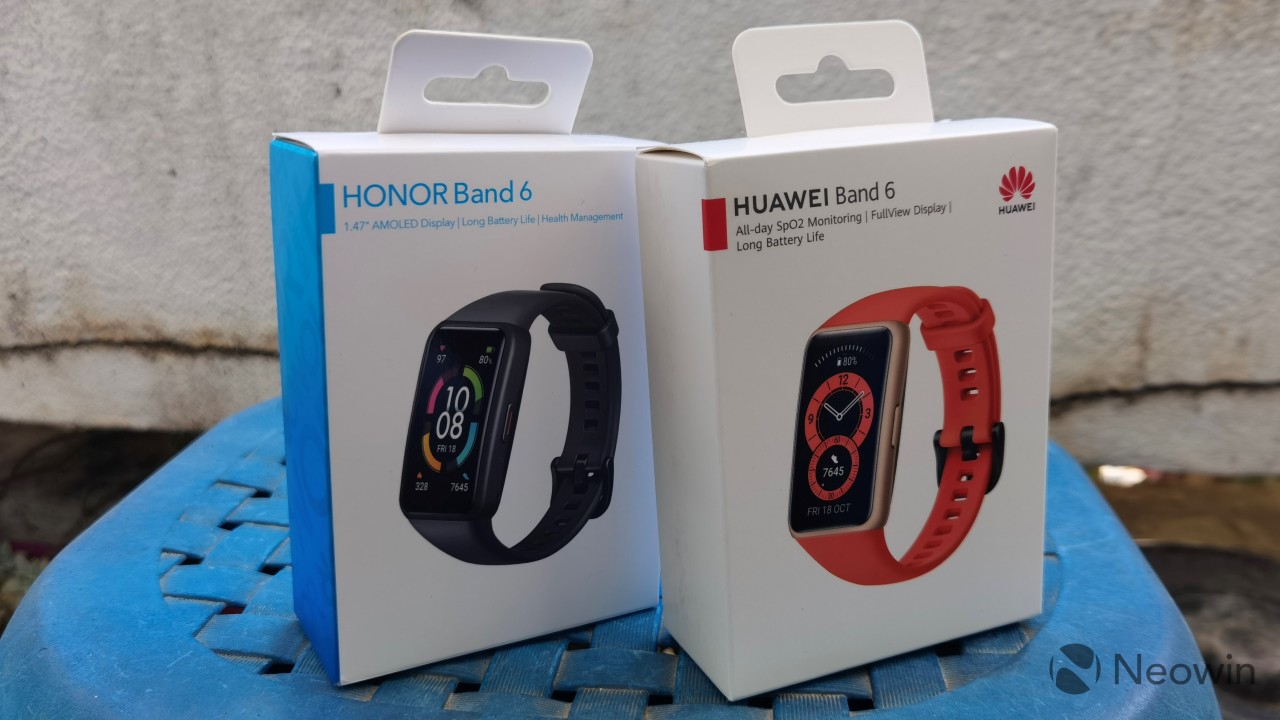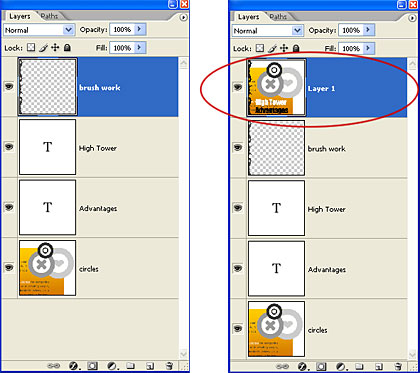5 Image File Types & When to Use Them
Have you ever gone to save an image and been completely overwhelmed by the seemingly endless options for file types? Welcome to my first two years of design school. I would trade a hefty amount of money if it meant we could have one universal format that worked perfectly for all uses. Unfortunately, it’s not quite so simple.
All image formats are equal, but some image formats are more equal than others — that’s how the George Orwell quote goes, right? Or something like that. Here’s a quick outline to help you understand five common file types and when to use each one.
1. JPEG — A Digital Photograph’s Best Friend
JPEGs are probably the most common file type, and with good reason: they’re supported by virtually all devices, operating systems, and applications. Because JPEGs are fairly small files, they won’t slow down load times on web pages and are easy to transfer. They’re the go-to format for photography to be displayed on the web since they’re great for color preservation.
The downside of JPEGs, however, is that this file format uses lossy compression, meaning the file size directly correlates with the quality of the image. The image discards data in the compression of the file, so in order to keep a file small, you’ll have to sacrifice quite a bit of quality. Each time the image is edited, the JPEG discards more data, so this format is not ideal for files that will need continual editing.
We don’t recommend saving logos as JPEGs unless absolutely necessary, because this format does not preserve line art or text well.
2. TIFF — Your Printing Majesty
Production Designers are held responsible for making sure that all print collateral comes out looking its best, and CMYK TIFFs are vital to making print work shine. TIFFs are known as “print-ready” images, because of their use for high quality printing. Unlike JPEGs, TIFFs are lossless — that is, no data is lost when files are saved and compressed. They have the capacity to support layers (which can later be edited in Photoshop), are able to preserve transparency, and can be saved at an incredibly high quality.
Unfortunately, all of these factors that make TIFFs perfect for print result in very large file sizes. They shouldn’t be used for web images because they slow down load times significantly.
3. GIF — The Ultimate Internet Black Hole
GIFs were initially designed to increase online transfer speed, so they’re extremely compressed files. They can only contain up to 256 colors, which is why they’re not great for preserving photos or any artwork that has a large range of colors. However, they do support transparency, preserve simple line drawings and text well, and maintain pretty small file sizes.
The main advantage that GIFs have over other file types is the ability to be animated. This is typically what they’re used for today. Admit it, you’ve spent countless hours on the internet watching GIFs of uncoordinated puppies falling down and Grumpy Cat being her perfect self. In addition to showcasing adorable animals, GIFs are great for web images that need to load quickly, such as banner ads.
4. PNG — It’s All About Transparency
PNGs were designed based on the GIF file type, which means that they were specifically created for the web. Like GIFs, they only save up to 256 colors. However, PNGs save color information more efficiently. Like TIFFs, they are lossless — they’ll compress your images without loss in quality. They have the capacity to preserve transparency, but at much smaller file sizes than TIFFs.
PNGs are often used on websites due to their transparent capabilities, but since they are generally larger files than JPEGs, they can slow load times when used in excess. They’re most effective when used sparingly on elements that require a higher quality than JPEGs can handle, such as high resolution logos.
5. EPS — Vectors for Versatility
The only file type on this list that isn’t a raster format, EPS is the standard vector file format. These files can be opened and edited with any design program that supports vector graphics — not solely with Adobe products. EPSs provide versatility; they’re print-ready, and ideal for any images that need to be resized (most commonly logos) because the files can be enlarged and shrunken without any loss in quality.
Because they maintain the ability to be manipulated, these file sizes are generally pretty large. Due to their large file size, they are not recommended for web usage. Despite their ability to be edited, EPSs cannot be processed by most programs that aren’t meant for design, such as word processors. They are usually only used by designers and printers.
Summary
The three file types that you should use for web are JPEGs, PNGs, and GIFs. JPEGs are ideal for photography because they’re the best of the three for color preservation. PNGs should be used for art that needs to be saved at a higher quality or requires a transparent background — recommended for logos. GIFs are used for small animations or simple line drawings that can be saved at a lower quality.
TIFFs are perfect for print material because they can be saved at high quality, but shouldn’t be used for web because the files sizes are too large.
EPSs are vector files that are able to be opened and edited with most design programs. Since they can’t be opened by word processors and similar applications, they’re typically only used by designers and printers.
We hope you found this guide helpful in your foray into the wild world of file types. Happy image-saving!
Justie Lim | Junior Production Designer
Common file name extensions in Windows
Windows file names have two parts separated by a period: first, the file name, and second, a three- or four-character extension that defines the file type. In expenses.xlsx, for example, the first part of the file name is expenses and the extension is xlsx.
Extensions tell your computer which application created or can open the file and which icon to use for the file. For example, the docx extension tells your computer that Microsoft Word can open the file and to display a Word icon when you view it in File Explorer.
Most file name extensions are compatible with more than one program that you have installed. You can change a file name extension, but that won't convert the file to another format or change anything else about it except the file name. To learn more about how to change which program will open a file, read Change default programs in Windows 10.
If you don’t see file name extensions when you view files in File Explorer:
In the search box on the taskbar, type file explorer, and in the search results, select File Explorer. In File Explorer under View, in the Show/hide group, select the File name extensions check box.
Below is a list of common Windows file name extensions and formats.
5 Common File Types in Photography and When You Should Use Each One
You’ve spent the last few hours working on the perfect photo shoot and everything went better than you could have possibly imagined. After importing the RAW files to your PC and making a few edits in Photoshop, it is time to save your masterpiece. But, what file type do you select? With over twenty different file types to choose from, we are here to break down some of the most popular and tell you a bit about their strengths and weaknesses.

The well-known JPEG format is the standard for compatibility. No matter how you wish to share your photographs, whether on a social network or to a print shop, the JPEG is likely to be supported. JPEG is great for sharing photos because you know there won’t be any trouble reading the format.
There are downsides to saving as a JPEG, though. For starters, the file format doesn’t support transparency within images. Debatable compression quality also means you may not get the desired standards you are seeking when you hit the save button. Some users suggest that saving a JPEG with maximum quality will produce acceptable results, but others have yet to be convinced.
Best For: Sharing Images online with friends or family.
The Photoshop format, also referred to by its ‘PSD’ file extension, is the default format for saving your work. It provides compatibility across a number of Adobe products including Illustrator, InDesign Premiere, and After Effects. It is one of the only formats that can save a file with all Photoshop features accounted for, such as layers and applied effects.
Despite being an excellent way to preserve every adjustment you have made in Photoshop, the PSD file is not generally accepted when sharing images since your client must be in the Adobe ecosystem in order to open it. PSD is useful for saving your work so you can easily return to the file to resume work. In most cases, PSD should be confined to your workspace.
Best For: Saving files on your workspace so you can return and edit later.
The PNG format is a lossless file type, which means it can preserve your images without any loss in image quality. The format itself was based on the GIF file type, but allows for higher bit rate pictures and can preserve background transparency while minimizing jagged edges. PNG is an excellent format for displaying images on the web that require transparent elements.
Downsides to the PNG format typically include a large file size; this means that while PNG is excellent for the web, it should be used sparingly and only when needed for transparency purposes. Overusing PNG images on a web server could result in a slower experience for end users and increased bandwidth costs for the site owner.
Best For: Preserving transparency for images on the web.
The Tagged-Image File Format (TIFF) is an extremely flexible format that is one of the best for saving your prized images on your Mac or PC. TIFF is compatible with almost all image-editing and graphics applications currently available. In addition, TIFF supports a large number of color standards including CMYK, RGB, Lab, Indexed Color, and Grayscale Images.
Similar to PNG, TIFF is also able to preserve transparency with the bonus of including alpha channels, which dictate the specific degree of transparence. TIFF files can also save Photoshop layers so they can be edited or rearranged at a later time. If you are saving an HDR image with immense dynamic range, TIFF can save images at a rate of up to 32-bits-per-channel.
TIFF files can pack a lot of information, but can also become quite large due to this fact. In addition, while TIFF is compatible with various image-editing programs, not every social networking site or device will be able to properly display the files. TIFF is best reserved for archiving images on your PC to preserve quality or for high-quality printing.
Best For: Archival purposes and retaining maximum quality.
The Graphics Interchange Format (GIF) has been included on this list simply so that we can tell you to avoid it. GIF images are extremely compressed files specifically designed to increase transfer speed over the internet. PNG was developed as an alternative to the GIF while maintaining quality far beyond what the GIF is capable of storing.
The only time a GIF image should generally be used is for low-quality web graphics that feature animation. GIF feature a limited color range and are not suited for reproducing high-quality images in today’s world. An animated GIF of a silly cat, however, is acceptable.
Best For: Low-resolution animated images for the web.







